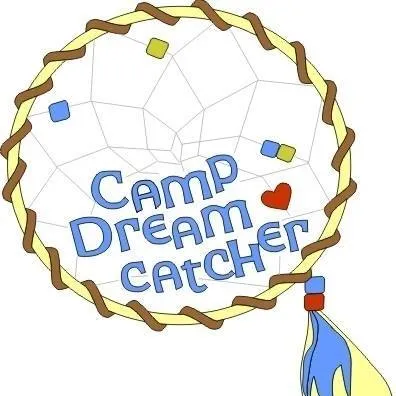For nearly 30 summers, kids in Pennsylvania and nearby states have gathered at Camp Dreamcatcher. The camp is in Chester County, not far from Kennett Square. Here, kids can ride boats, race go-karts, and swim. They also make crafts, attend concerts, and connect with other kids and volunteers.
Camp Dreamcatcher was started during a tough time when people didn’t understand HIV. It gives kids with HIV or affected by it a place to just be kids. The camp is free, and volunteers like Taj Brown have been helping there since the beginning.
Camp volunteers make the difference
Taj Brown remembers the first year of camp. “It was amazing. The volunteers came from all walks of life. They used their skills to make the camp a place where these kids could feel normal,” Brown said. His hard work earned him a spot in the PA Local Heroes series. Patty Hillkirk, the camp’s founder, praised Brown, saying he has “given thousands of hours to help the kids.”
Generations of families
Some families have been part of the camp for years. Brown says, “We have the children and grandchildren of our original counselors. Some of the kids who came in the early years are now counselors themselves.”
However, the camp isn’t always easy. Kids wake up early and stay busy until late at night. Sometimes, emotions run high. Brown explains that while the camp isn’t about crying every day, it encourages emotional expression and grieving.
A special camp ceremony
One of the highlights of camp is the “wish log” ceremony. During this ceremony, kids write down a wish and throw it into a fire. The flames represent the things they wish they could change. “Every year, the theme is about the things they’ve lost or want back. Some kids wish for their mom, for less pain, or for others to have a place like this,” Brown shared.
A poem written by counselor Raynetta Adams in 2006 perfectly captures the feeling of the ceremony: “Nighttime, and the big boys stand in front of the flames in heart-wrenching agony. Teenaged men, macho in posture, yet the strength crumbles when they let go of their pain to the smoke.”

Taj Brown’s journey to Camp Dreamcatcher
Taj Brown was just 18 when he first learned about Camp Dreamcatcher. He had friends affected by HIV, but he hadn’t dealt with it directly. When his pastor’s wife told him about the camp, he went to a meeting to learn more. There, he met two boys, both around seven years old. One came from a wealthy family, and the other lived in a crowded public housing unit.
Brown remembers thinking, “These two kids had the same health issues but were already on different paths because of their lives.” The camp made Brown want to help kids find safety and acceptance.
Years later, Brown remembers the two boys. One is thriving and now volunteers at the camp. The other, sadly, passed away in 2001. He didn’t have the same health care access and died young.
Changes in HIV treatment
Since the camp started, HIV treatments have improved. Brown remembers when kids had to take several big pills a day. It was tough for them, and it was hard to watch. Today, many kids take just one small pill each day.
The number of children born with HIV has also dropped. According to a 2021 article, the rate of HIV transmission from mother to child has decreased by over 95% since the early 1990s.
A dream for the future
Brown works for a homelessness organization now, but he still dreams of a cure for HIV and AIDS. “But even if a cure comes,” he says, “we’re still facing life’s challenges. I hope more people will build places like Camp Dreamcatcher, where everyone can feel accepted and not judged.”




